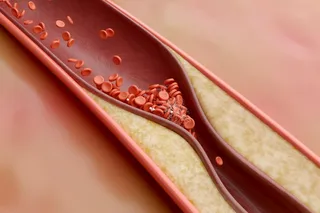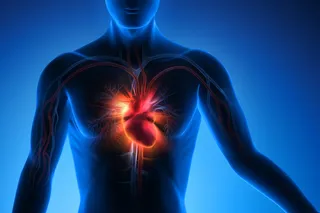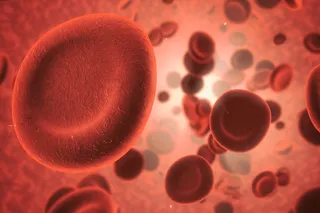Symmetry is a beautiful thing — especially when it comes to potential partners. Studies have shown that people prefer symmetrical facial features in the opposite sex, which many scientists think evolved to help people choose the healthiest mate.
Yet a new large-scale study throws that into doubt, indicating that health during childhood has no impact on later facial symmetry.
Current logic holds that symmetry is beautiful because it suggests a relatively healthy childhood, free from diseases that could take their toll on facial features, causing subtle asymmetry — diseases such as chicken pox, mumps, whooping cough or tonsillitis. This theory is often cited in evolutionary models of human mate choice. Psychologist Nicholas Pound, a senior lecturer at Brunel University London, decided to test this assumption.
While a number of other studies have been conducted on the topic, according to Pound, they generally used fairly small sample sizes, and either employed ...














